Click here to go the Europe Row by Row Facebook page.
Click here to go the Europe Row by Row Facebook page.
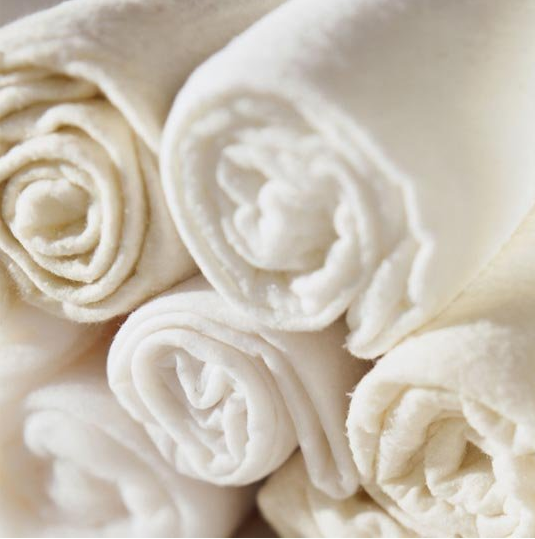
(Image from AllPeopleQuilt)
This week's workout is to go through your collection of assorted batting. Let's face it, quilt batting is in the way...always. It's big, bulky and often comes in slick packaging that makes storage a challenge. Purchasing by the roll can be cheaper in the long run cost wise, but now you have to find a REALLY LARGE space to store this hulk. Batting comes in a wide range of options; fiber content, color, weight and fusible, the selections are varied based on the type of work or project it can be used for.
Want to know more about Batting? Check out some of these great articles and videos:
Leah Day (Show 1712) explains how to select the best batting for your quilt.
Clean and Clutter Free Options:
1. 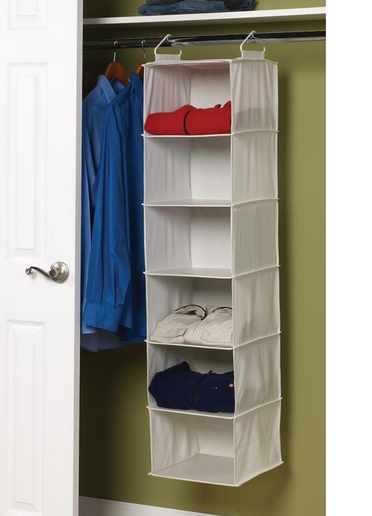 2.
2. 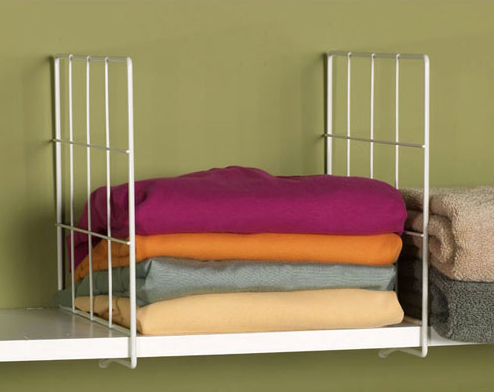
3. 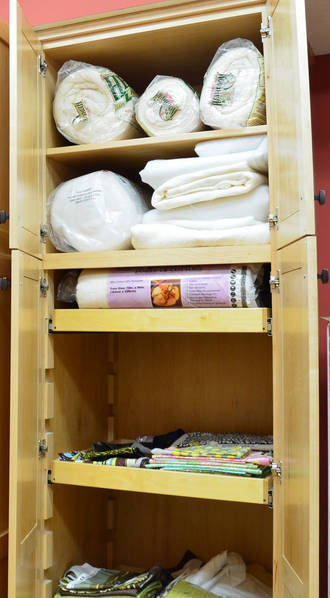 4.
4. 
5. 
1. Sweater organizer openings are large enough for packages of batting. Dormsmart
2. Shelf divider can keep bags of batting from shifting. Organizeit
3. Hidden away on deep shelves of built in storage cabinets. SewFrench
4. Metal shelf unit inside a closet. Allisonsews
5. Labeled by type on closet shelf. AnaLenaLand
Visually Stimulating Options:
1. 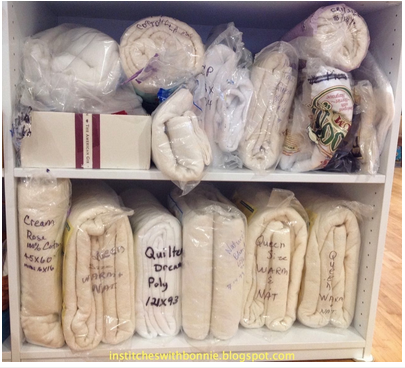 2.
2. 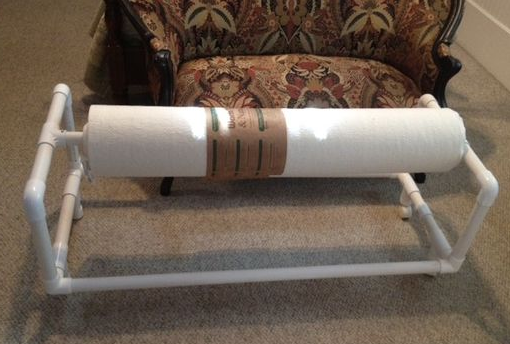
3. 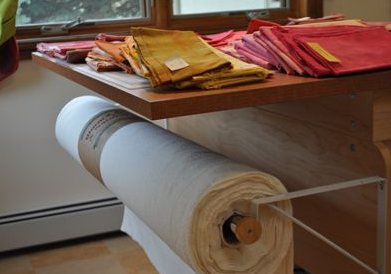 4.
4. 
5. 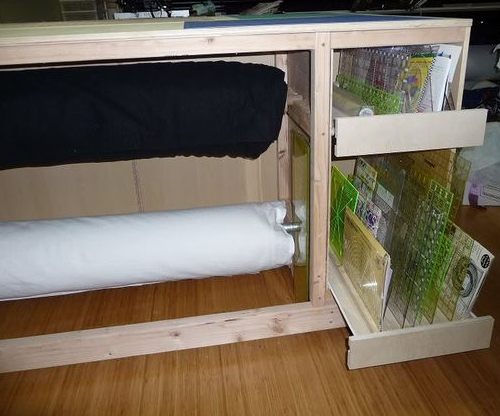
1. Bonnie purchases batting when on sale. The bag is labeled with a sharpie marker by type, size, fiber content to be stored on the lower shelf of her storage unit. As batting is used, the bag is re-marked (with the new size) and placed on the top shelf. Once batting pieces are too small, they are moved to a long clear storage bin under her longarm.
2. A clever use of PVC pipe elements. Pinterest
3. Hold batting under your cutting table. Pinterest
4. Shelving under a large cutting table. Susanstarts
5. Another option of batting under a cutting table. Pinterest
This is a beautiful star block from Jinny. Do you know what it's called? Play the game and find out.

Award-winning Australian quilter, Helen Godden, has a mom with an easy method to miter binding corners. So Helen decided to video the process. 50,000 views on Helen's Facebook page can't be wrong. Click here for Part 2.
While at the "America Quilts" Expo this past weekend, Alex came across these vintage patriotic quilts. They are made from everything from feed sacks to silks and were used to remember veterans, raise money and commemorate events.
These quilts are from the collection of Sue Reich. Sue generously shares theses quilts at shows around the country and is also the author of two books on WWI and WWII quilts.
Click here for Sue's book, World War I Quilts.
Click here for Sue's book, World War II Quilts.
 |
You can almost believe you are under water exploring the beauties of the sea in this quilt by Eileen Williams. Enjoy Divers Cove.
Star Members can learn about Eileen in Show 1811: Row by Row with Janet Lutz.
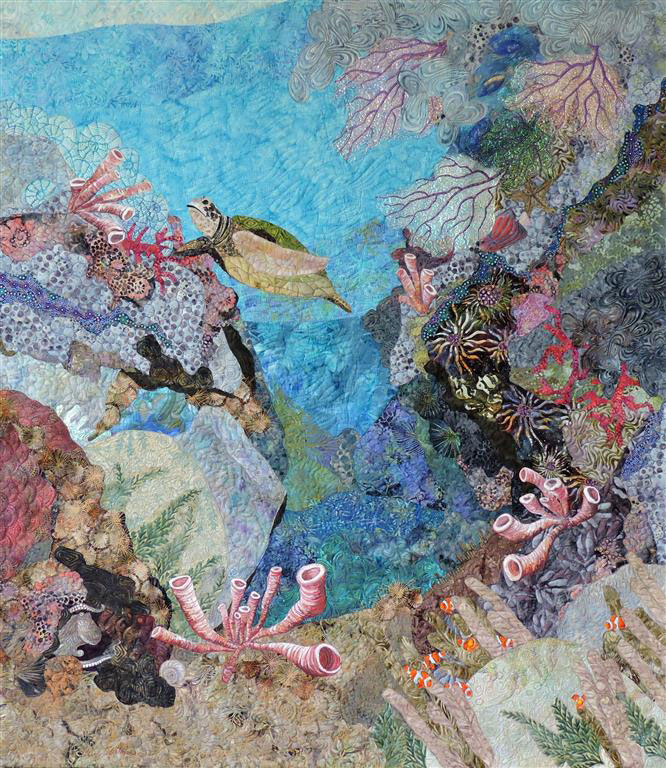
Original Photo: Eileen Williams
"Sewing Simple Seams" from 1947 will show you how to create a seam with pinked edges, hand overcast edges, bound edges, catch-stitched edges, and top-stitched edges. It's fascinating how much work went into "home-made" clothes.
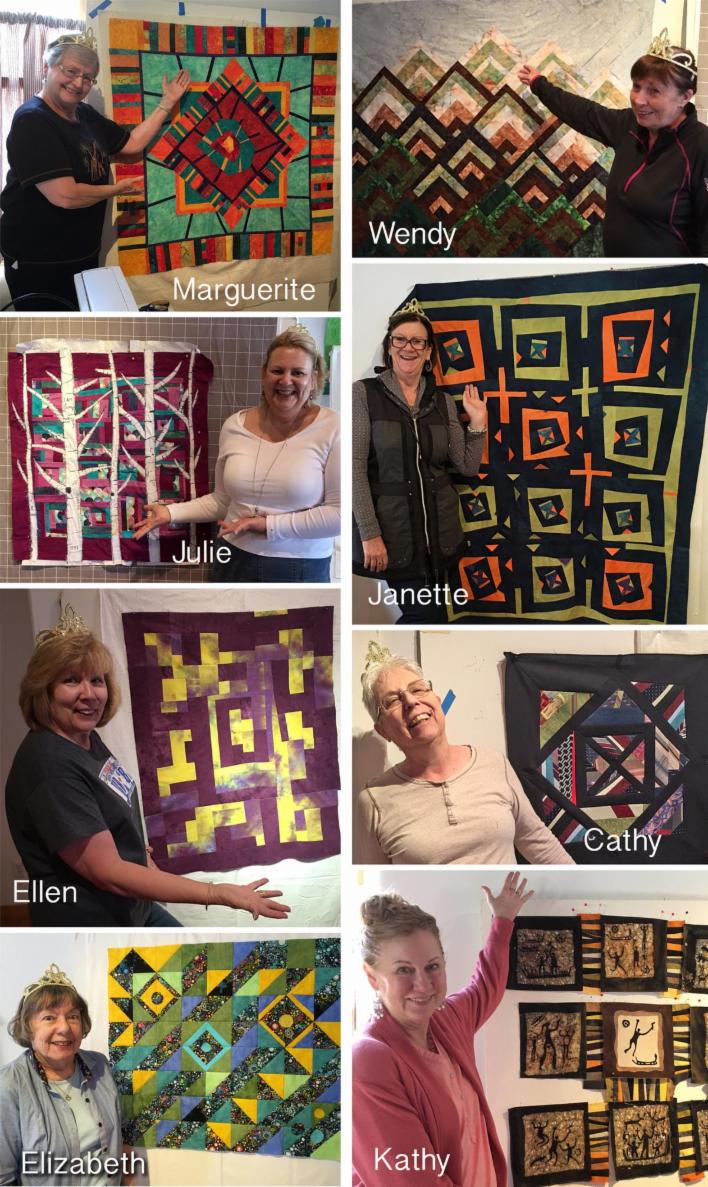
Why the tiaras? Ricky says, “It’s important to celebrate milestones. When these feel-good moments happen, it’s important to acknowledge that moment. This week the quilters got to wear the tiara. The entire class rallies in support. Every retreat is different. Sometimes we celebrate by simply turning the moment a great photo opportunity!”
Not all of Ricky’s La Veta Quilt Retreats are presented as "improvisational only" but his retreat this past week was just that. The initial lessons focused on the basic elements of design and composition. Ricky also shared various techniques that work well with this format. Students were encouraged to begin by making something familiar such as half-square triangles or free-form log cabins. It takes a day or so to have enough units to begin exploring on the design wall but soon the lightbulb goes off and the excitement grows as the project grows.
The next time you are going to a class or weekend quilt retreat, consider including something fun like a tiara to help celebrate those little milestones.